Choosing the right flooring for your home is more than just a matter of aesthetics; it’s about finding the perfect balance between style, functionality, and durability. The type of flooring you select can dramatically alter the feel of a room and can be a significant investment in your home. With an array of options available, it’s essential to understand the characteristics, benefits, and ideal uses for each type.
The different flooring options we’re going to talk about in this post can be used in the different rooms of your home. If you’re working on a kitchen remodeling project for example, you need to understand that , modern designs aren’t limited to toughness and durability – looks are also important. So modernize your kitchen with these flooring options if you’re planning a home makeover.
1. Hardwood Flooring: Timeless Elegance and Durability
Characteristics of Hardwood Flooring:
Hardwood flooring refers to a floor that is typically made of wood or timber and has a primary purpose of serving as a flooring material that is both structurally and aesthetically pleasing. Wood is one of the most common flooring materials used in both modern, commercial and residential properties today.
According to a survey performed by Houzz Kitchen & Bath, hardwood flooring installations have seen a 31% increase in 2017 alone. It’s safe to say that more and more homeowners are realizing the benefits that hardwood floors are able to offer.
Before you decide to switch your home’s flooring, you should be made aware of the benefits that hardwood floors bring to your home. The last thing that you would want to do is put in a lot of time and effort into a home renovation that you later won’t like as it turns out it’s not at all what you expected. If you’re considering hardwood floors and need professional guidance or services, you can search for wood flooring refinishing near me to find local experts who can assist you in making the right choices and achieving the desired look for your home.
Benefits:
1. Enriches the look of your home
There are lots of flooring options, however, hardwood floors are very well known to bring about both form and function for the homeowner that decides to make the necessary effort in installing new floors. It’s really no secret that hardwood floors tend to create a more spacious and roomy environment in your home.
Homeowners report all the time how after installing hardwood floors where there was once carpet, that their eye gets tricked into making the room feel bigger, more lively, and more cozy than ever before.
This is wonderful news, especially if your homeownership journey consists of you selling your home at one point, as a more spacious and cozy home will certainly serve to yield a much greater appraisal value.
2. Easy to clean and maintain
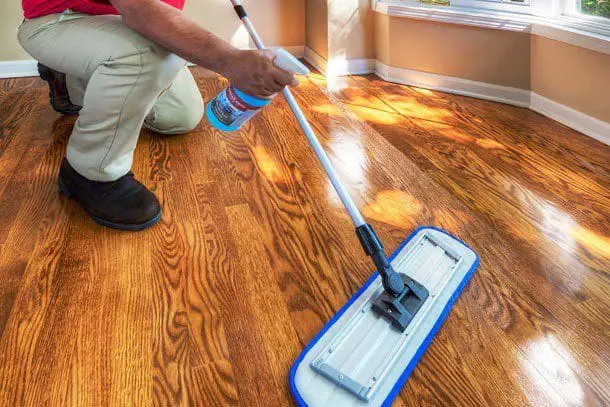
Carpet can be very annoying as it requires a lot of cleaning, upkeep, and maintenance whereas hardwood floors are relatively easy to maintain given its solid, hard surface that is often coated with a lacquer that is water resistant. With that said, a clean hardwood floor will always look good.
Water resistance is a highly desirable attribute that hardwood floors offer since unlike carpet where if you spill a drink by accident you may get mold or mildew underneath, with hardwood that’s not something you’ll have to worry about.
Can you just imagine the amount of additional free time you’ll have in the day when you don’t have to worry about spending all that extra time vacuuming and taking care of a dirty carpet? Gone will be the days of trapped dust mites and pet dander, and if you spill something, all you have to do is wipe it right up.
3. Durable and resilient
Professional hardwood flooring installation stands out for its exceptional durability and longevity, a key reason why it’s a favored choice among many Americans. Unlike carpet, which can lose its luster and necessitate replacement over time, hardwood floors can be rejuvenated with a new coat of finish, making them look brand new again.
Although hardwood floors are susceptible to scratches and dents, dealing with them is far less costly compared to the challenge of removing trapped dirt and dust from under carpeting. Simply replacing a few hardwood panels and applying a fresh coat of finish is a more cost-effective solution, maintaining the floor’s pristine condition with minimal effort.
4. Improved home air quality
As already mentioned, flooring options like carpet trap an immense amount of dirt and debris underneath its many layers. This is especially bad if someone in your household suffers from chronic allergies or sinus infections.
This is why those who tend to suffer from chronic allergies and other physical ailments will choose the improvement in air quality that a hardwood floor has to offer. Also, newly installed wood floors smell great which will help create an outdoorsy type of atmosphere.
5. Interior design adaptability
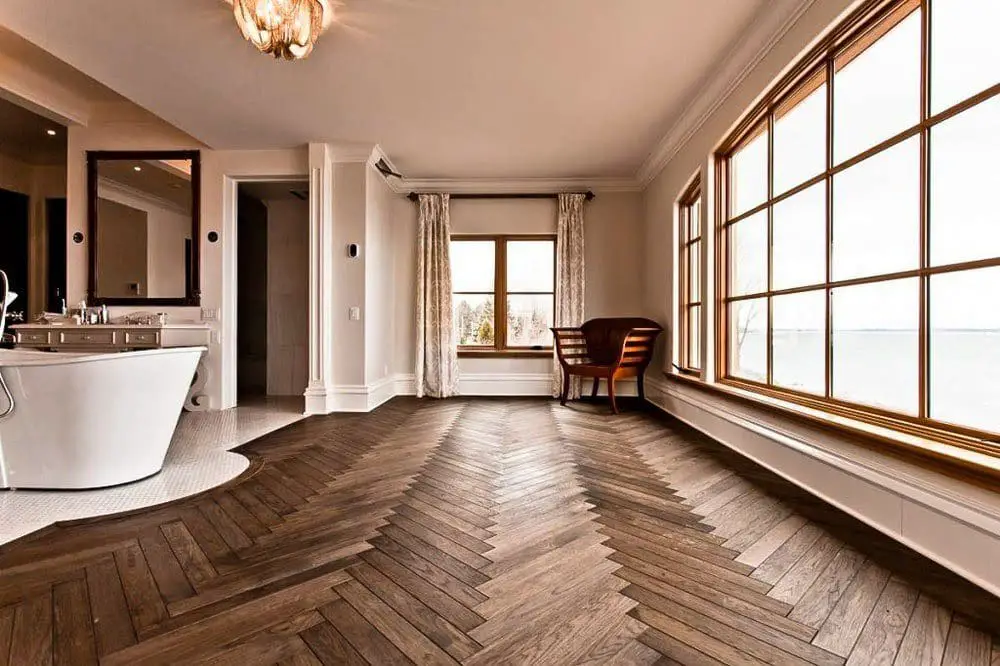
Like a plain white t-shirt that can be paired with any choice of outfit be it jeans or sweatpants, hardwood floors can be similarly styled with almost any room theme or decor imaginable. This is great news if you’re someone who likes to change the interior design of their home to meet the needs or a particular season or occasion, and to avoid the disaster of a color clash.
Since hardwood floors come in all different types, shades, design patterns, and species, you can add a lot of character to your home simply by switching over to a hardwood flooring solution.
6. Improved home acoustics
When you walk into a room that is lined with hardwood flooring, you instanstionsly notice a certain aura and sound that you simply can’t get with carpet floors.
Hardwood floors tend to have a pleasant acoustic effect and unlike carpet that dampens sound waves, hardwood floors are naturally a more dense and solid material and thus reverberates and bounces sound off of it instead of stifling it.
This is one of the primary reasons why you’ll find hardwood floors in just about every dance or music studio.
7. Hardwood is affordable
It’s not uncommon for most people to think that hardwood floors are out of their budget range, but that couldn’t be further from the truth. While it may be true that hardwood floors will cost a bit more than carpet will per square foot, the reality is that hardwood pays for itself within just a few years time.
Installing hardwood flooring on average will cost you about $9 – $12 per square foot, which is a bit more than carpet that comes in at an average of $3 – $5 per square foot.
Parquet wood flooring has gained popularity among home and property owners since it’s easy to customize, install, and maintain. This type of flooring is also durable and versatile. However, before considering it as your best flooring option, it’s vital to learn its advantages and disadvantages.
Here are some pros and cons associated with parquet wood flooring to help you make a good decision.
Ideal Usage:
Best for living rooms, dining rooms, and bedrooms where warmth and elegance are desired.
Not recommended for areas with high moisture levels like bathrooms or basements.
Tips for Refinishing Your Hardwood Floors
Refinishing your hardwood floors can be the best option when it’s beyond quick fixes. If you have dry and grimy floors with deep scratches and wide gaps, refinishing may be necessary. As this is a lengthy and labour-intensive process, it could take a weekend or more to complete if you are refinishing less than 500 square feet. Sanding, patching, staining, and top coating will all need to be done in order to get the job done properly. If you don’t want to do this yourself, there are many professional flooring contractors in Edmonton that can help you out! No matter what route you choose for your hardwood floor refinish project, make sure that you plan out every step carefully to ensure that it turns out exactly how you wanted!
Things to Consider When Refinishing Hardwood Floors
Refinishing hardwood floors is a great way to restore the natural beauty of your floors, but there are several things you should consider before starting. First, determine if refinishing is really necessary. If the floors are just slightly dry and grimy with minor scratches and little gaps, then a quick fix may be enough. However, if the damage is more severe then refinishing may be the best option. Secondly, plan out every step carefully in order to get the job done right; this includes sanding, patching, staining, and top coating. Finally, if you don’t feel comfortable tackling this project yourself then hire a professional contractor who can do the job for you. Refinishing your hardwood floors will take some time and effort but it’s worth it when you see the final result!
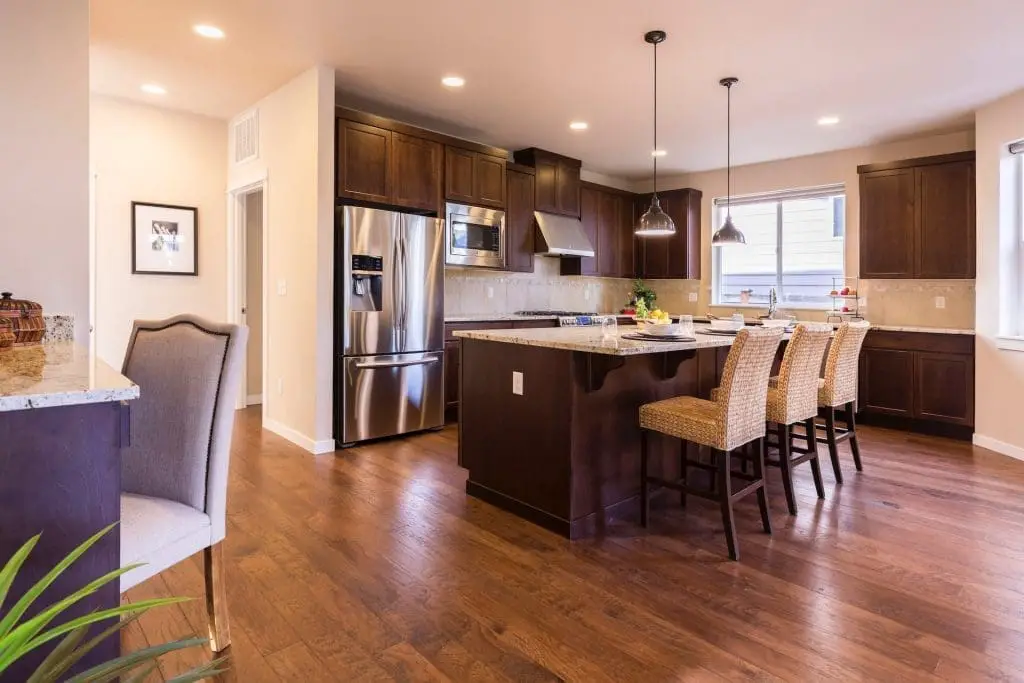
1. Make Sure Your Floor Isn’t Just Dirty
If you want to give your hardwood floors a refresh, start by making sure they’re not just dirty. Even if the surface has been swept and mopped regularly, dirt and mud can still get trapped in the nicks and crevices of the flooring, giving it an aged, dull appearance. To avoid adding more scratches to the wood’s surface, use a soft bristle broom when sweeping, and mop with a microfiber cloth and non-foaming cleanser. Avoid using abrasive cleaners as these might add even more damage to the flooring. A deep clean is often all that’s needed to bring hardwood floors back to life without having to sand them down!
2. Decide whether you want to DIY or hire a contractor
When it comes to refinishing hardwood floors, you have two options: DIY or hire a contractor. If you’re looking to save money and take complete control over the project, then DIY is an ideal choice. However, if you’re pressed for time or the task seems too complicated to handle on your own, you may want to consider hiring a professional. Contractors typically have the right equipment and expertise to get the job done quickly and correctly. They can often finish projects in days that would take inexperienced DIYers weeks or months to complete. Additionally, they can provide valuable advice on how best to approach the project based on their knowledge and experience. Ultimately, it’s up to you to decide whether DIYing or hiring a contractor is the best option for your particular situation.
3. Sanding Isn’t Always Necessary
Sanding hardwood floors isn’t always necessary. Many companies make products that can give hardwood floors new life without any sanding. Rust-Oleum’s Wood and Laminate Renewal Kit is a great example of such a product; it covers nicks and scratches, giving your floor a fresh new look all without the need for sanding. It’s important to make sure you clean your hardwood floor thoroughly before applying these types of products, however, as dirt and grime may be visible beneath the surface afterwards. All in all, refinishing hardwood floors doesn’t have to involve sanding if you don’t want it to – just be sure to do your research beforehand!
4. Pay Attention to the Time of the Year
When it comes to refinishing hardwood floors, one of the most important things to consider is the time of year. When filling in gaps and cracks in the wood, you’ll need to make sure you’re doing it when the weather is consistently warm and the wood is at its most expanded. This way, when summer arrives and temperatures rise, your packing material won’t be pushed back out as the wood expands. It’s also important to keep an eye on seasonal changes because extreme temperature variations can cause further damage if not taken into account. If done incorrectly or during the wrong season, your efforts may be for nothing in the long run. Doing it right will ensure a smooth finish that will last you many years.
5. What You Need in a Finish or Stain
Choosing the right finish or stain for your hardwood floor can be an important decision that should not be taken lightly. Dark stains may look beautiful and modern, but they will not hide dirt well if you have pets or kids. A glossy finish might also seem attractive, however, a satin finish is much less slick and therefore safer for everyone in the house.
When selecting a finish or stain, consider durability as well as aesthetics. Some finishes may look great but won’t stand up to foot traffic or furniture movement over time. Make sure you choose a product with a good reputation for lasting through many years of wear and tear. Additionally, consider factors like UV protection if you are refinishing hardwood floors exposed to plenty of sunlight.
When researching products, ask yourself questions about the application process too—is it a simple one-step process? Do you need multiple coats? How long does each coat need to dry? Will you need professional help or can you do the job yourself at home? Asking these questions beforehand will help ensure that your refinishing job is done correctly and efficiently.
In conclusion, when selecting a finish or stain for your hardwood flooring project, make sure to consider factors such as durability, UV protection, and ease of application when making your final decision.
6. How Much You’re Going to Spend
Refinishing is a great way to bring them back to life, but it’s important to understand the costs involved before diving in. In this article, we’ll break down the expenses you can expect when refinishing your hardwood floors, so you can make an informed decision that fits your budget.
DIYers can expect to spend between $1.50-$5.00 per square foot, depending on the condition of the floor and the supplies needed. If you don’t feel comfortable tackling the job yourself, hiring professionals is recommended and will cost between $1,070-$2,490. This cost may seem pricey upfront but in the long run, it’s worth it as hardwood floors that ar
2. Parquet Wood Flooring: Artistic Flair and Versatility
Description:
Parquet flooring is a mosaic of wood pieces, creating geometric patterns like herringbone and chevron.
Originating in France in the 16th century, it was a symbol of luxury and sophistication.
1. Beautiful And Appealing
As the name suggests, parquet wood flooring is made of wood that makes your space warm and comfortable. And it can be installed in various designs to suit different themes, adding aesthetic appeal to a home. For example, this flooring can be installed in square basket parquet, herringbone or chic zigzag pattern, mosaic parquet, checkered or cube parquet, or basket weave parquet. With so many designs to choose from, it’s unlikely to lack a design that amplifies your home’s theme.
As if the variety of designs weren’t enough, parquet wood flooring comes in shades of yellow or brown colors to ensure that you aren’t limited to a single color.
2. Easy And Quick Installation
Parquet wood flooring installation is more straightforward and quicker than traditional wood flooring. Parquet flooring doesn’t require nailing, which can be time-consuming and exhausting. All you need to install parquet flooring is a urethane-based adhesive that lasts 60 minutes. This means you can carefully arrange and rearrange the flooring until you achieve the desired pattern.
Parquet wood flooring is thin and easy to cut with a jigsaw. Furthermore, this flooring comes unfinished and must be refinished after application.

3. Moderate Maintenance
Parquet wood flooring is less expensive to maintain than hardwood flooring. All you need to do is to use a vacuum cleaner to clean the flooring regularly. If it’s impossible to access a vacuum cleaner, ensure to sweep off the dirt using a soft broom. And if there are tough stains on the flooring, use mild cleaners to wipe them out. Avoid using abrasive chemicals on your wood parquet to avoid interfering with its integrity.
As part of the maintenance routine, ensure to polish and seal your parquet flooring every three to five years to maintain its beauty and strength.
4. Durability
Wood flooring has increased in popularity due to its durability, similar to parquet wood flooring. Like traditional flooring, parquet wood flooring can last for decades, primarily if it’s properly maintained.
Depending on the type and quality, this flooring can withstand heavy foot traffic without needing to be treated or worn. Parquet wood flooring is also suitable for children and pets. Nevertheless, your parquet wood flooring should be installed well to last long.
Cons Of Installing Parquet Wood Flooring In Your Home
Parquet wood flooring, like everything else, is two-sided. Here are some disadvantages of installing this flooring in your home.
1. Poor Moisture Resistance
Parquet wood flooring is made of wood and it doesn’t offer moisture resistance. That said, installing this flooring in a kitchen, bathroom, basement, or any moist space is not advisable. Additionally, like traditional wood, this flooring is prone to dampness and wetness. Therefore, you must ensure that the flooring is completely dry once you clean it if you want it to last long.
2. Easily Scratched
Like any other type of wood flooring, parquet wood flooring is susceptible to scratches. So, to avoid scratching the flooring, it’s best to use floor mats and rugs under furniture. Additionally, pointed shoes with abrasive soles can affect the flooring integrity, especially if the floor is low-quality.
3. Few Refinishing Options
Refinishing options for parquet wood flooring are somewhat limited. When undertaking this procedure, first, you must remove the old finish by sanding down the material. Since sanding wood requires you to perform the procedure towards the wood grain to avoid scratching it, this can be challenging when working on a parquet wood flooring with multiple wood pieces arranged in a particular pattern.
4. Fades Under Sunlight
Parquet wood flooring fades under exposure to sunlight. If your home experiences sunlight for more extended period, it won’t be wise to consider this flooring. Nevertheless, you can deal with this issue by arranging rugs and furniture in a manner that prevents sunlight from accessing the flooring. Polishing and sealing the flooring can also help maintain its sheen and hue.
Ideal Usage:
Ideal for spaces where you want to make a statement, such as foyers or formal dining areas.
Can be used in conjunction with in-floor heating systems.
3. Ceramic Tiles: Versatile and Practical Choice for Moisture-Prone Areas
Overview:
Ceramic tiles are made from clay and other natural materials, kiln-fired to achieve hardness.
They come in a vast range of sizes, colors, and textures.
The ceramic tiles production gets ratings from 0-5 based on its hardness:
- 0-2 suitable for the wall tiles
- 3 is best for residential uses
- 4-5 is hard and good for commercial use.
Benefits:
1. Environment Friendly
Raw materials like clay, glass, and sand make ceramic floor tiles. These are then mixed with other natural materials which are recyclable. Houses with ceramic floorings tend to be more relaxed during the summers, reducing your energy consumption. And if you have these tiles on your walls, then they act as insulators during winters to keep your space warm and cozy.
2. Low Maintenance
Ceramic tiles are low maintenance as they don’t require any special maintenance apart from cleaning them regularly. It would help if you washed your tiles regularly to enhance their beauty. Apart from that, there is no need for special polishing or changing it now and then.
3. Easy to Clean
All you need to do to clean your ceramic tiles is sweep and wipe them regularly. Ceramic tiles are waterproof, and because of this, ceramic tiles can be used as kitchen floors. You can clean your feet with a heavy-duty cleaner without worrying about damaging your tiles. In addition, these tiles don’t attract any bacteria or odor, making them an excellent option for bathroom tiles.
4. Cost-effective
Ceramic tiles are cost-effective. The simple ceramic tiles often cost less than the other tiles available in the market. However, there are different varieties of ceramic tiles, and if you choose to go for high-end tiles designs, then the cost will also go up. In addition, the price of ceramic tiles depends on their method. Ceramic tiles with detailed designs cost more than tiles with fewer designs.
5. Rugged and Durable
Ceramic tiles are among the most durable tiles you can buy from the market. With proper maintenance, a ceramic tile can easily last up to 10-15 years. In addition, ceramic tiles don’t break easily, and it will take a lot of weight to break one of them. As such, you don’t have to worry about buying heavy furniture as the tiles can easily hold them off. Ceramic tiles are also scratch-resistant, allowing you to move your chairs and table without thinking about scratches.
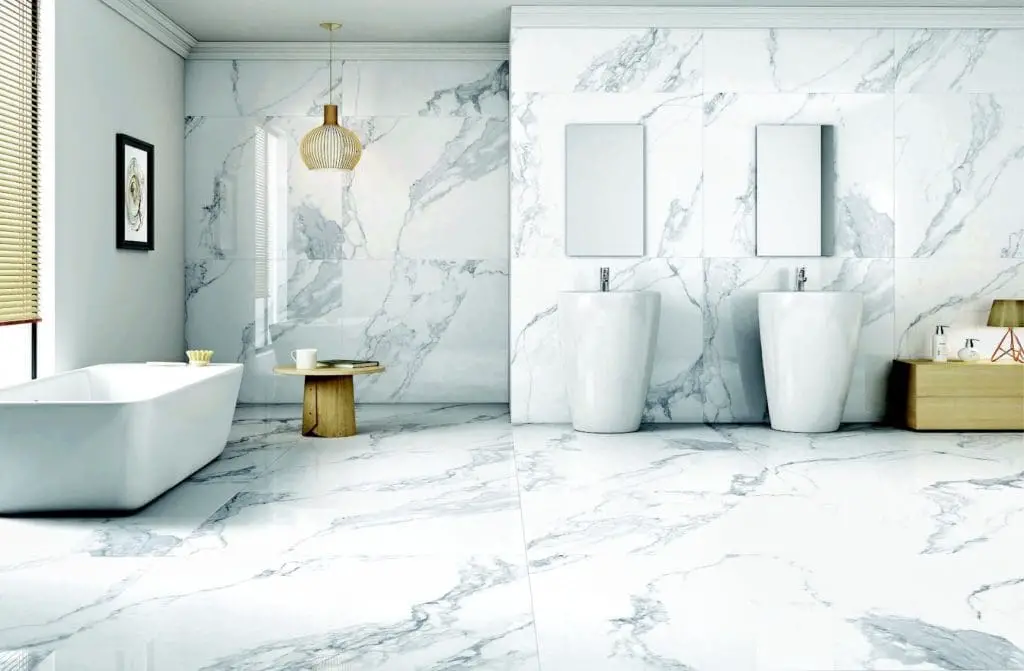
6. Versatile Designs
Ceramic tiles come in different shapes, designs and patterns. They are perfect if you want to design other rooms with different techniques in your house. The manufacturers of ceramic tiles have done a commendable job in coming up with different designs and patterns, providing a wide range to choose your tiles. You can also cut ceramic tiles in different shapes and sizes so that you can fit them in any part of your house. You can also replicate the expensive look of natural stones and hardwood by using ceramic tiles without breaking your savings.
7. Allergen Reducing
One significant advantage of using ceramic tile flooring is that it doesn’t attract dust, animal hair, dirt, pollen, or dust mites. So if you are allergic to dust, maybe it is better to get ceramic tiles in your house. The air in your house also becomes cleaner and healthier if you use ceramic tiles as they don’t attract any dust. Using ceramic tiles instead of carpets is a great option to avoid allergies.
8. Fire-resistance
Ceramic tiles tend to be fire-resistant which is why you should consider them while buying flooring for your home. They guarantee your safety, especially if you have small children running around your house. Ceramic is manufactured at a very high temperature which makes it fire-resistant. If you happen to be a smoker, you should go for ceramics because they don’t catch fire even if you drop a burning cigarette. In addition, this flooring is heat resistant, making it ideal for houses in warm climatic conditions.
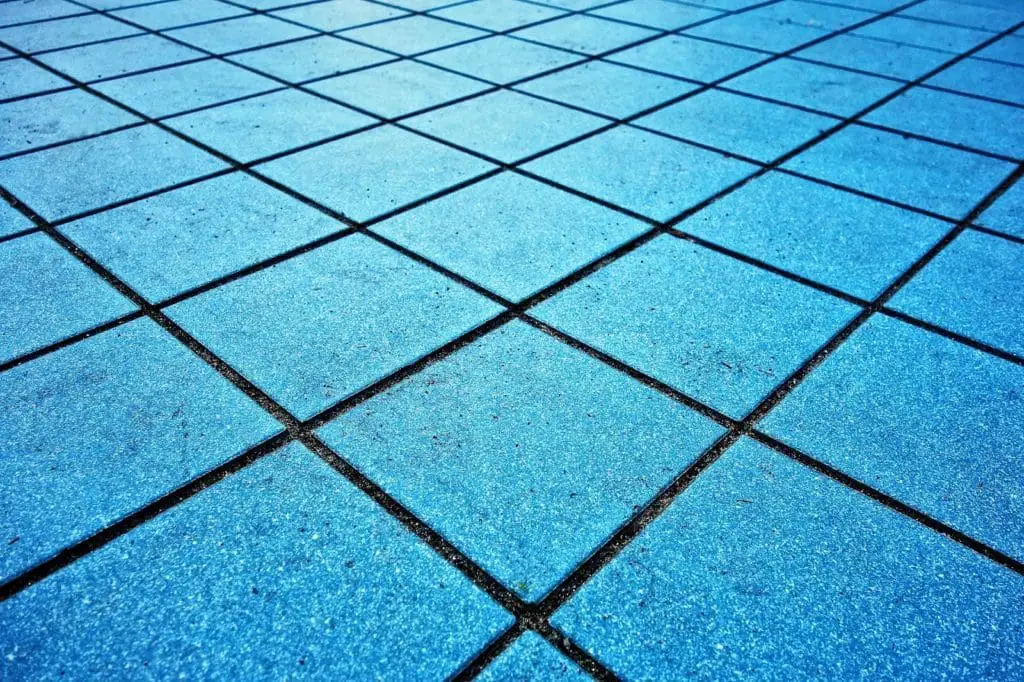
9. Easy Installations
Ceramic is relatively easier to handle s
Ideal Usage:
Best suited for kitchens, bathrooms, laundry rooms, and even outdoor spaces.
4. Laminate Flooring: Affordable and Stylish Alternative
Description:
Laminate flooring consists of multiple layers, including a photographic layer that can mimic wood or stone.
It’s known for its ease of installation and maintenance.
Benefits:
A cost-effective alternative to hardwood, with prices typically ranging from $1 to $5 per square foot.
Resistant to scratches and fading, suitable for homes with pets and children.
Wide variety of styles and colors available, fitting various design preferences.
Ideal Usage:
Great for high-traffic areas, rental properties, or any space where budget and durability are key considerations.
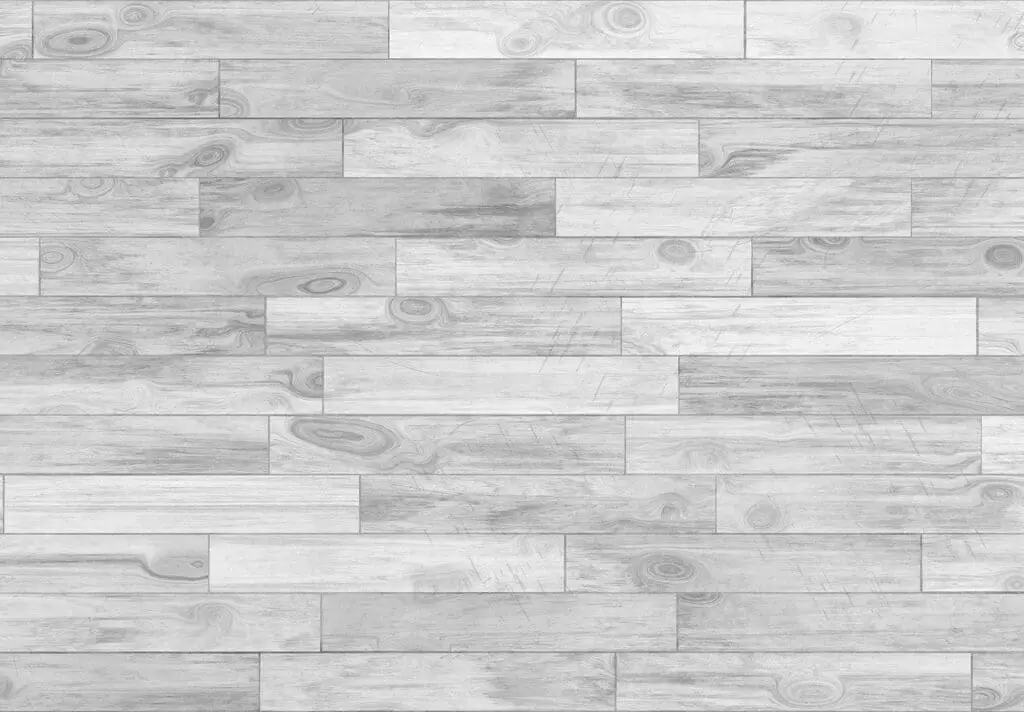
5. Vinyl Flooring: Versatility and Resilience in Moist Environments
Description:
Vinyl flooring comes in sheets, tiles, or planks and is known for its water-resistant properties.
It’s made from synthetic materials, offering a high degree of durability.
Benefits:
An excellent choice for moisture-prone areas, as it’s completely impervious to water.
Vinyl flooring is comfortable underfoot and reduces noise, a plus for busy households.
It’s one of the more affordable options, with prices ranging from $2 to $8 per square foot.
Ideal Usage:
Perfect for basements, bathrooms, kitchens, and areas with high foot traffic or exposure to water.
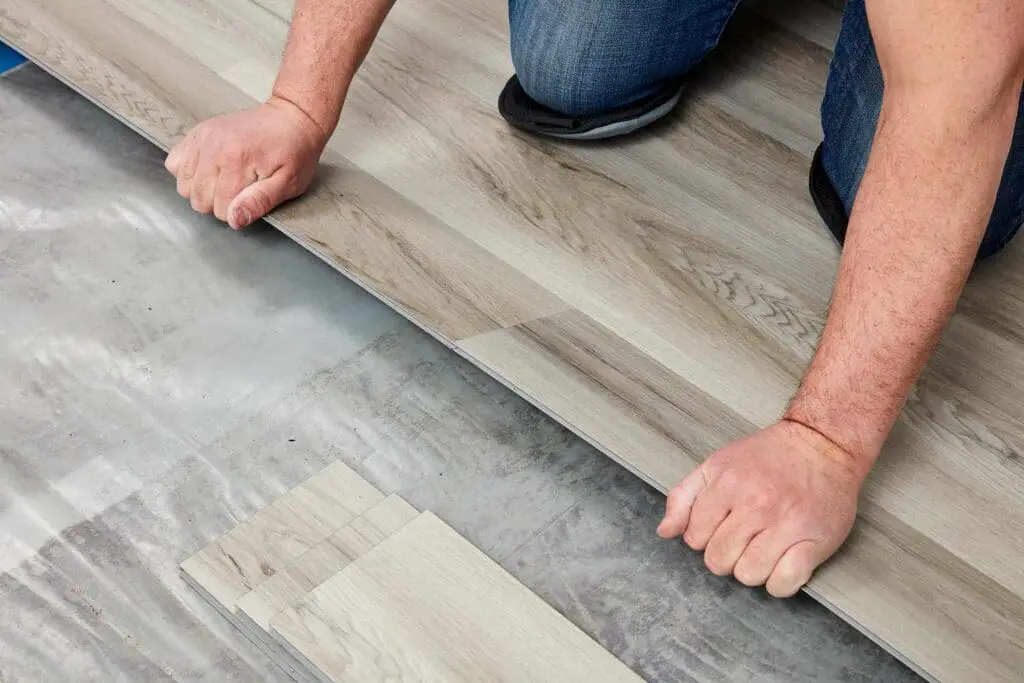
6. Stone Flooring: Natural Beauty with Unmatched Durability
Types and Characteristics:
Includes granite, marble, slate, and travertine, each offering a unique look and feel.
Stone floors are incredibly durable and can last a lifetime.
Benefits:
Adds a touch of elegance and natural beauty to any space.
High resale value; stone flooring is a sought-after feature in real estate.
Unique texture and color variations ensure no two floors are exactly alike.
Ideal Usage:
Suitable for high-end renovations in areas like entryways, patios, or luxury bathrooms.
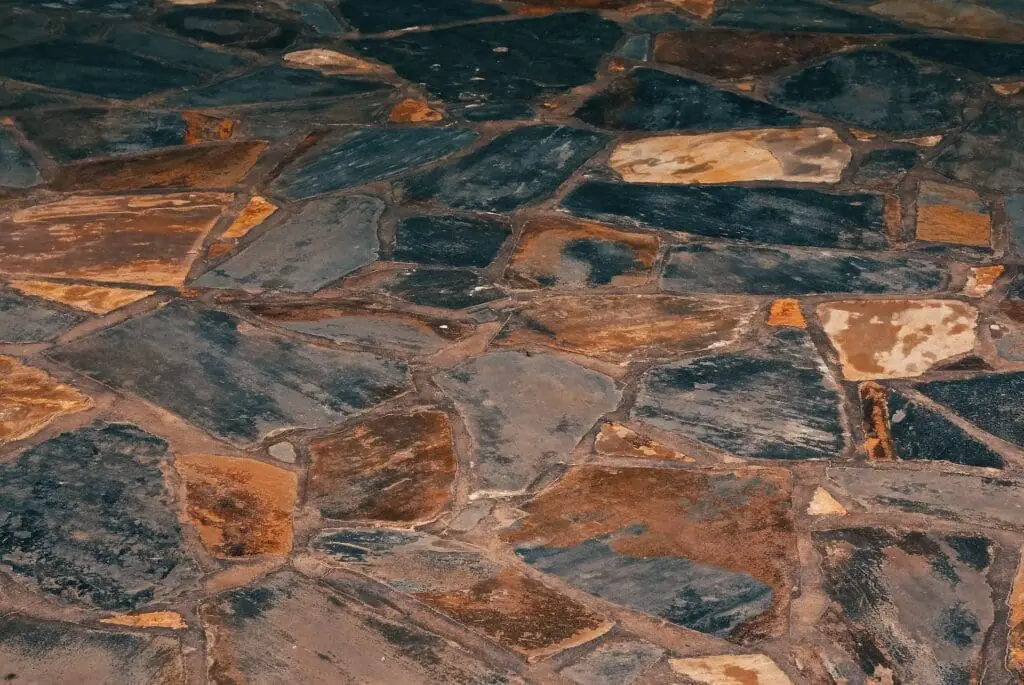
7. Carpet Flooring: Comfort and Warmth for Living Spaces
Description:
Carpet is made from fibers like nylon, polyester, or wool, offering a soft surface.
It comes in various styles, colors, and textures, from plush to berber.
Benefits:
Provides warmth and comfort underfoot, an essential feature in colder climates.
Excellent sound absorption, making it ideal for bedrooms and living areas.
Recent innovations have led to more stain-resistant and durable carpet options.
Ideal Usage:
Best suited for bedrooms, family rooms, and areas where comfort and noise reduction are priorities.
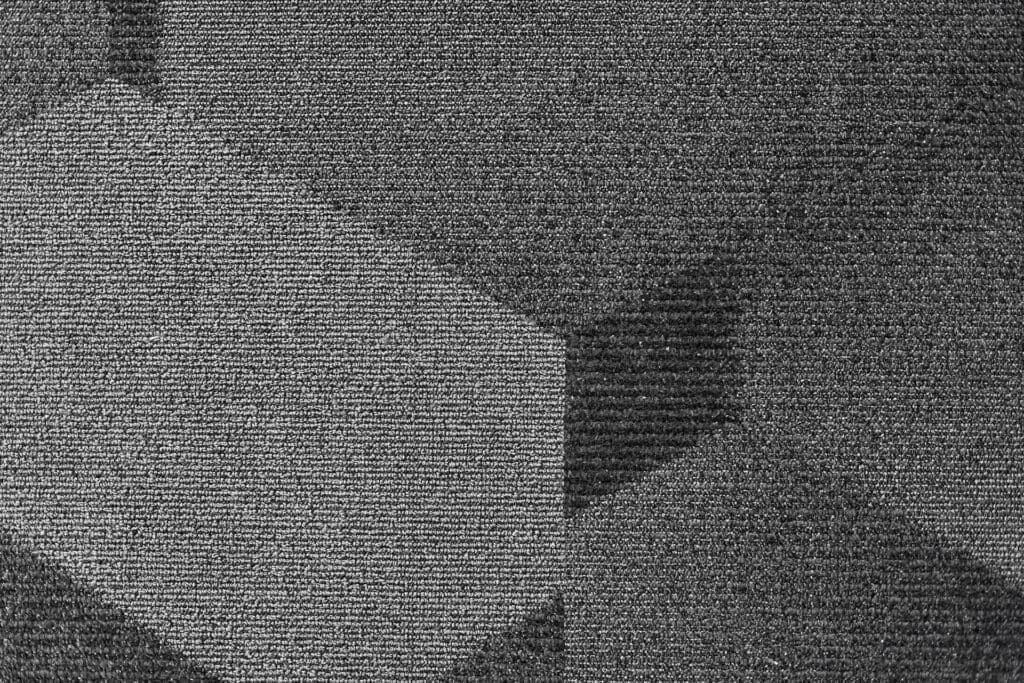
Final Thoughts
Every flooring type has its unique set of characteristics and benefits. When selecting flooring, consider factors like foot traffic, moisture levels, maintenance, and your home’s overall style. Whether you’re looking for the warmth and elegance of hardwood or the practicality of vinyl, there’s a flooring option to suit every need and design preference. Remember, the right flooring can not only transform the look of your home but also enhance your living experience.



